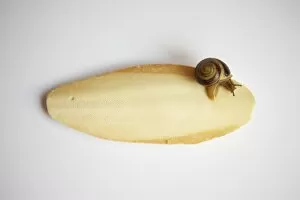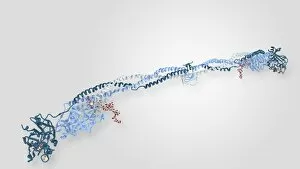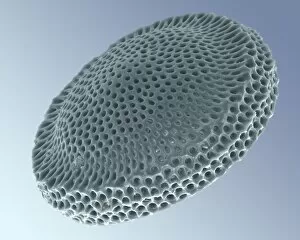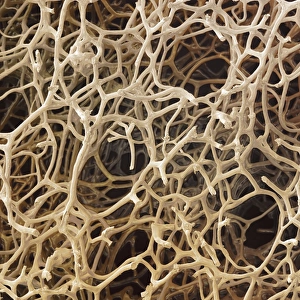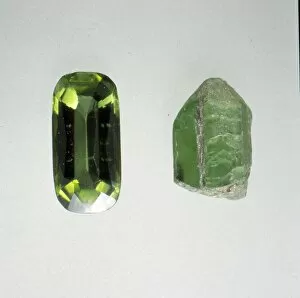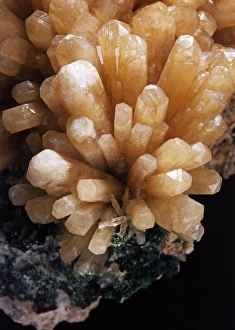Calcium Collection (page 3)
"Calcium: The Building Block of Strong Bones and Beyond" Compact bone
All Professionally Made to Order for Quick Shipping
"Calcium: The Building Block of Strong Bones and Beyond" Compact bone, light micrograph: Delve into the intricate structure of our skeletal system with a mesmerizing view of compact bone under a microscope. "Drink More Milk" poster: Reminding us of the importance of calcium-rich dairy products in maintaining healthy bones and teeth. Blue John vase: Explore the beauty and versatility minerals through this stunning example found in Derbyshire, England. Iceland spar: Discover the fascinating optical properties carbonate crystals as you gaze through an Iceland spar specimen. Sprouting beans: Witness nature's way of utilizing calcium to support plant growth as tiny sprouts emerge from seeds bursting with life. Perovskite: Uncover the wonders of modern technology as scientists harness calcium-based compounds like perovskite for solar cells and other applications. Polished slab of labradorite: Marvel at the iridescent play-of-color exhibited by this feldspar mineral containing traces of essential elements such as calcium. Humphry Davy, English chemist: Learn about one of history's great minds who discovered several alkaline earth metals, including isolating pure calcium for the first time in 1808. Cave Pearls, formed as dripping water rich in calcium salts deposits calcite around them: Journey underground to witness how stalactites form over thousands or millions of years due to slow drips enriched with dissolved calcium salts forming beautiful cave pearls made up primarily out calcite crystals Calcite, Ball Eye Mine, Cromford, Derbyshire, England : Admire a magnificent sample from Ball Eye Mine showcasing calcite's unique crystal formations created by geological processes involving abundant amounts oof Calcium ions Penicillin bottle : Acknowledge how even life-saving medications like penicillin owe their existence partly to discoveries made possible by calcium-rich culture media used in their production.




